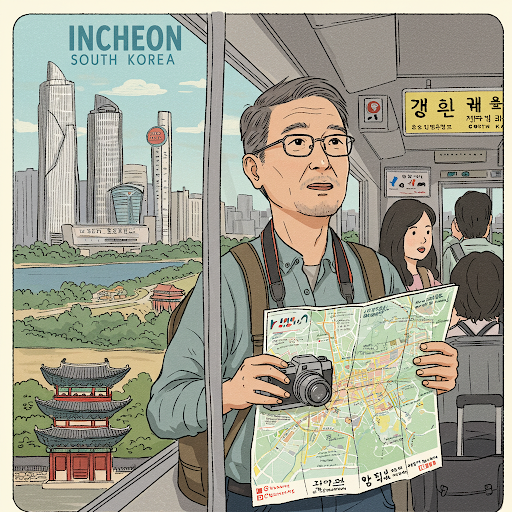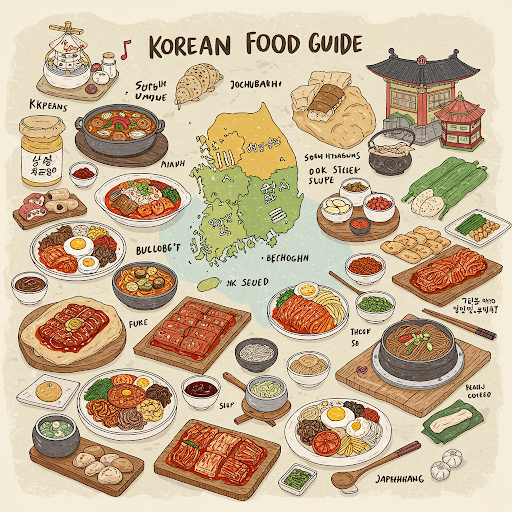A Traveler’s Guide to Tongdosa, Korea’s Sacred Jewel Temple
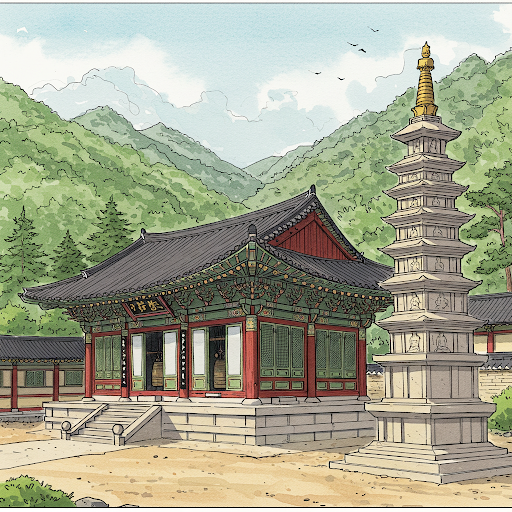
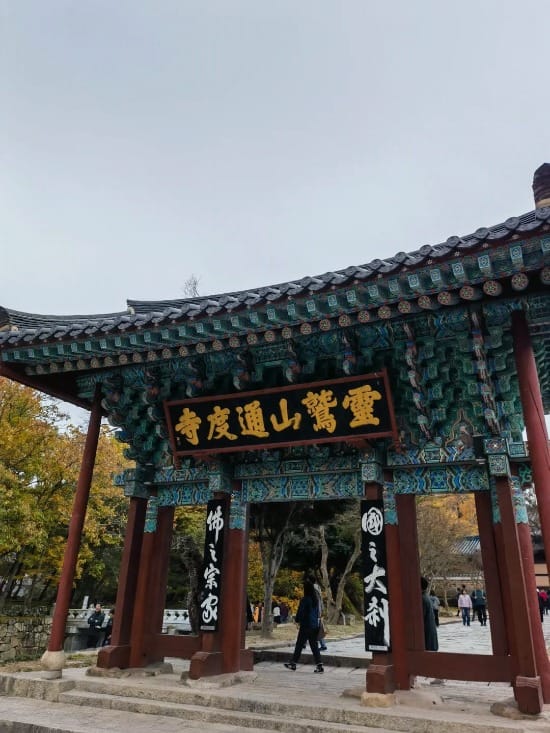

🏯 At a Glance
Tongdosa (통도사) is a sacred site where visitors can deeply experience the spiritual essence of Korean Buddhism. Located in Yangsan, Gyeongsangnam-do, the temple was founded in 646 during the Silla Dynasty and is one of Korea’s Three Jewel Temples. Unlike most temples that enshrine Buddha statues, Tongdosa houses the actual relics of Shakyamuni Buddha, earning it the title “Temple of the Buddha.” Due to its spiritual significance and historical value, Tongdosa has been inscribed as a UNESCO World Cultural Heritage site.
🏯 Why You Should Visit Tongdosa
Tongdosa is more than just an ancient temple — it is a “living space of Buddhist culture.” Here, you can walk through tranquil mountain forests, meditate, and reflect, immersing yourself in the heart of Korean Buddhism. Even if you’re not religious, the solemn and peaceful atmosphere of this temple offers a deeply moving and calming experience.
If you're planning a trip to southern Korea, Tongdosa is a must-visit destination. It's highly recommended for travelers seeking peace of mind through nature and culture.
🛕 Must-See Spots at Tongdosa
1.Iljumun – The First Gate of the Temple
Iljumun, or the “One Pillar Gate,” marks the entrance to Tongdosa. It symbolizes the transition from the secular world into the realm of the Buddha. Passing through this gate is the beginning of a spiritual journey into the sacred space of the temple.

2.Buryemun and Geumgang Gyedan (Diamond Ordination Altar)
Beyond Buryemun lies the heart of Tongdosa — the Geumgang Gyedan. This sacred altar enshrines the relics of the historical Buddha, Shakyamuni. While there is no Buddha statue here, it remains the spiritual center of the entire temple complex.
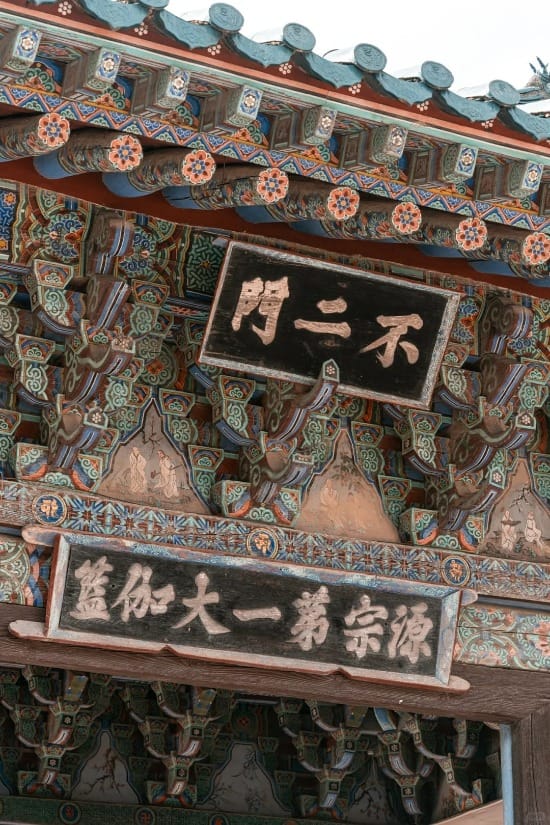
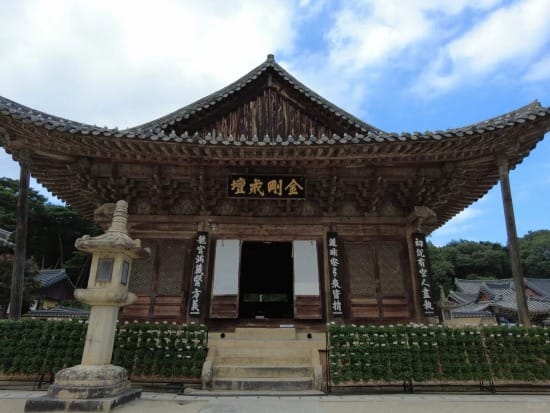
3.Daeungjeon Hall – A Dharma Hall Without a Buddha Statue
Unlike other temples, Tongdosa’s Daeungjeon Hall does not house a Buddha statue. Instead, its doors are left open, facing directly toward the Geumgang Gyedan. At Tongdosa, the Buddha’s relics themselves represent the living presence of the Buddha.
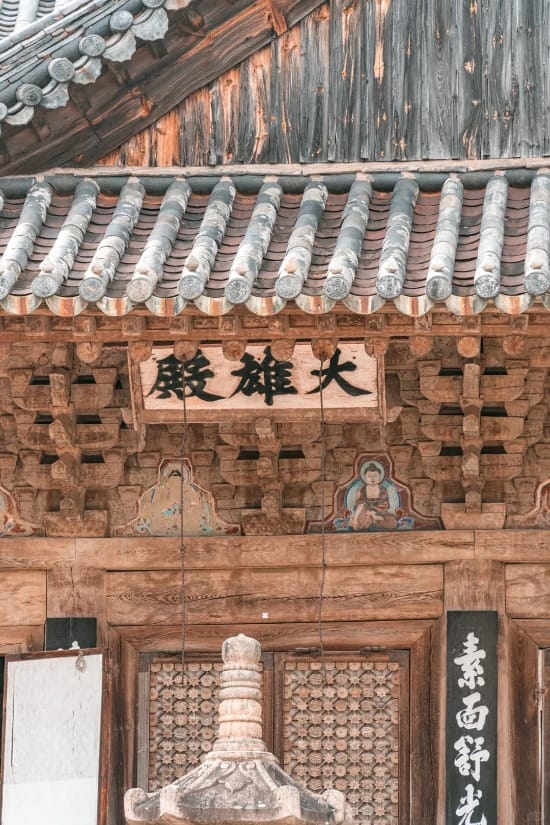
4.Mountain Streams and Walking Trails
Crystal-clear streams flow through the temple grounds, and strolling along the peaceful mountain paths is truly relaxing. In spring, cherry blossoms bloom; in autumn, the foliage turns brilliant red; and in winter, the temple is blanketed in snow—each season offering its own unique charm.
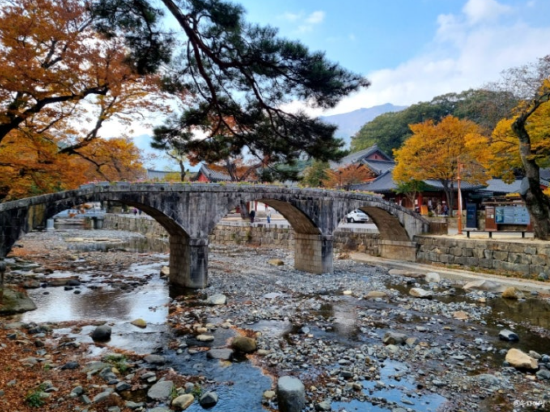

🛕 Exquisite Cultural Relics Appreciation
The Tongdosa Seongbo Museum not only houses Buddhist paintings but also preserves numerous invaluable Buddhist cultural relics. Highlights include: Treasure No. 757, a woodblock print of the Avatamsaka Sutra, Volume 46 (周本) on indigo paper with gold lettering, produced during the Goryeo Dynasty; Treasure No. 1354, a Bronze Incense Burner Inlaid with Silver, inscribed with the 13th year of the Kangxi era (1674), crafted during the Joseon Dynasty as an offering to the Buddha; and Treasure No. 1747, the Gilded Silver Triad of Amitabha Buddha of Tongdosa, closely tied to royal Buddhist rituals held at Mount Geumgang in early Joseon. These are truly unmissable Buddhist treasures.



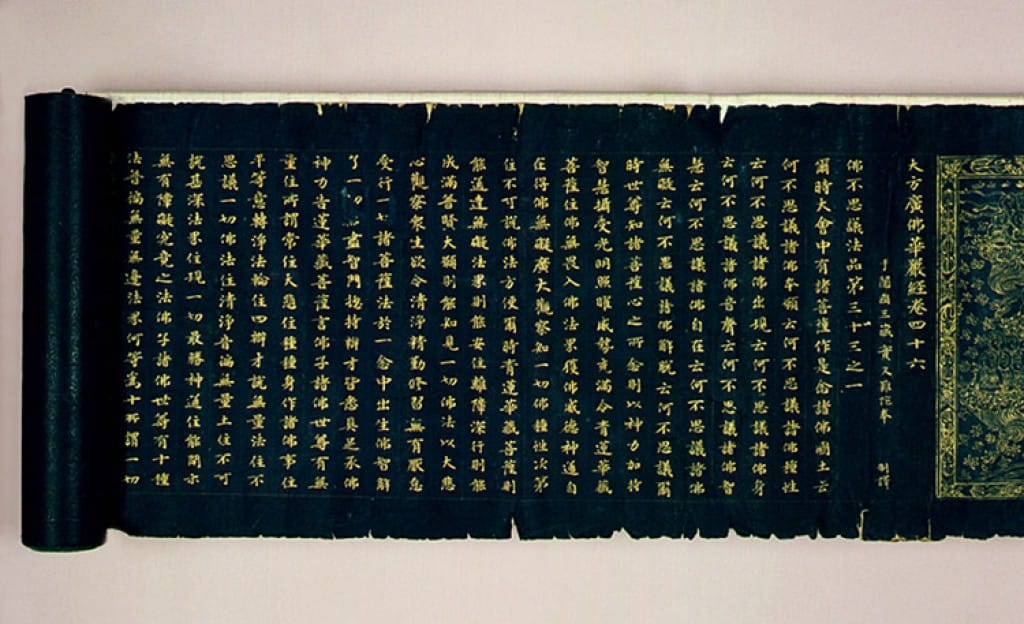
💡 Travel Tips
- Admission Fee: Adults 3,000 KRW, Teenagers 1,500 KRW, Children 1,000 KRW
- Opening Hours: 08:30 ~ 17:30
- Dress Code: Please dress modestly and avoid revealing clothing
- Souvenirs: Traditional Buddhist-themed souvenirs can be purchased at shops near the temple entrance
📍 How to Get to Tongdosa Temple
From Seoul, take the KTX to Ulsan Station. Then, transfer to Bus No. 13 and get off at Tongdosa Sinpyeong Bus Terminal (approx. 1 hour and 8 minutes). Alternatively, taking a taxi directly from Ulsan Station is recommended—it only takes about 20 minutes and is much more convenient. This will bring you right to the main entrance of Tongdosa Temple.
Conclusion
Tongdosa Temple is more than just an ancient Buddhist site—it’s a spiritual space that bridges the past and present, faith and everyday life. Here, you can pause your busy pace, listen to the sounds of nature, and experience the serenity and solemnity of a thousand years of Buddhist tradition. Whether you're fascinated by Korean history or searching for inner peace, Tongdosa promises a deeply meaningful and unforgettable journey. On your next trip to Korea, step into this tranquil mountain temple and begin a peaceful and enriching adventure.

